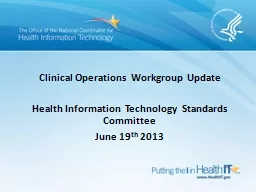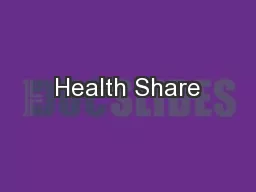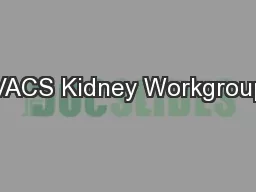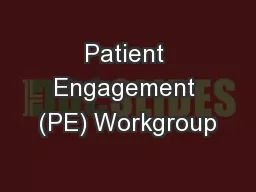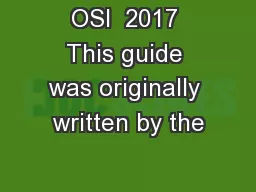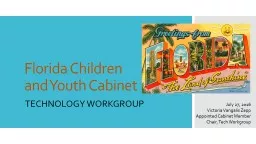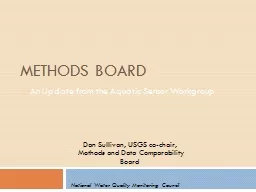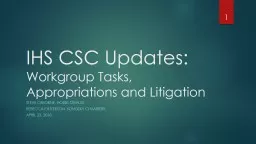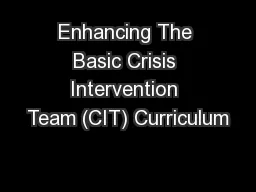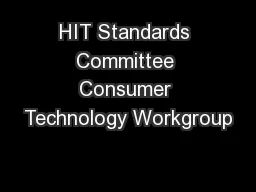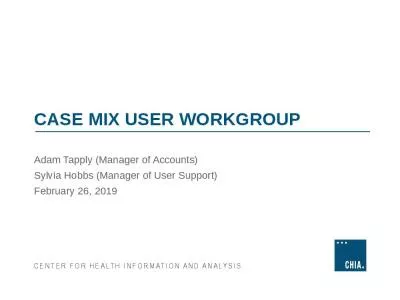PPT-Clinical Operations Workgroup
Author : lindy-dunigan | Published Date : 2018-12-04
Update Clinical Operations Workgroup Update Health Information Technology Standards Committee June 19 th 2013 Formulary amp Benefit Standard Clinical Operations
Presentation Embed Code
Download Presentation
Download Presentation The PPT/PDF document "Clinical Operations Workgroup" is the property of its rightful owner. Permission is granted to download and print the materials on this website for personal, non-commercial use only, and to display it on your personal computer provided you do not modify the materials and that you retain all copyright notices contained in the materials. By downloading content from our website, you accept the terms of this agreement.
Clinical Operations Workgroup: Transcript
Download Rules Of Document
"Clinical Operations Workgroup"The content belongs to its owner. You may download and print it for personal use, without modification, and keep all copyright notices. By downloading, you agree to these terms.
Related Documents

